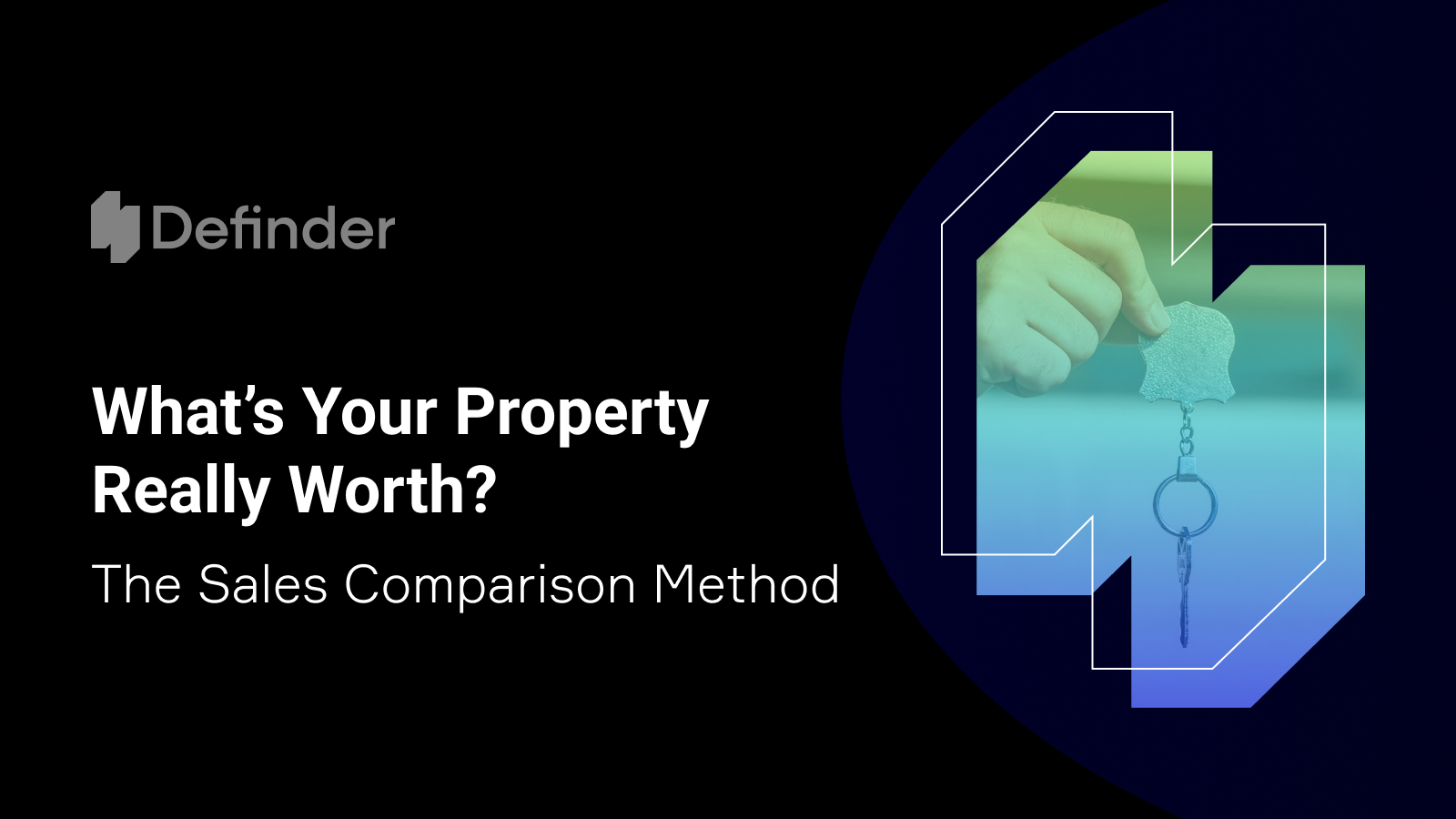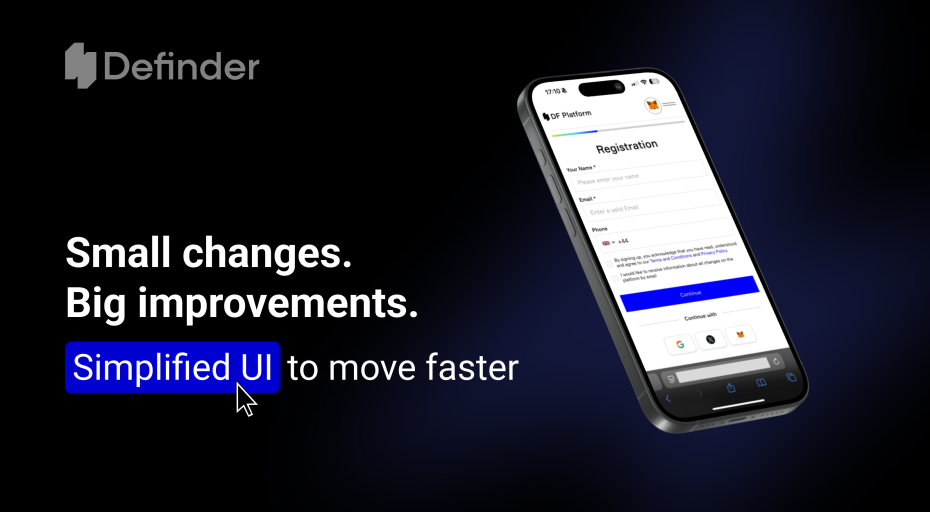
What’s Your Property Really Worth? Learn the Sales Comparison Method
The Comparable Sales Approach is the most widely used method for valuing residential properties. It works by analyzing recent sales of similar properties in the same area to determine a fair price.
If you were shopping for a used car, you wouldn’t pay $50,000 for a model that’s selling everywhere else for $35,000. Real estate is the same. If a nearly identical property down the street sold last month for $400,000, and another sold for $410,000, why would you pay $450,000?
This method relies on data—specifically, sales prices of comparable properties within the last 3-6 months. Appraisers, banks, and investors all use this approach to determine fair market value before financing or purchasing a property. Most governments track property transactions and make historical sales data available online. These databases provide the most accurate and legal records of real estate transactions.
| Country | Public Database | What You Can Find |
| UK | UK Land Registry | Official property sales prices across the UK |
| Germany | Gutachterausschuss | Municipal reports on real estate price trends |
| France | DVF | Government property sales data (2014-present) |
| Spain | Catastro & Registradores | Official real estate registry and sales history |
| Netherlands | Kadaster | Nationwide property sales and valuation records |
| Sweden | Lantmäteriet | Property transaction history |
| USA | Zillow Research | Market trends, estimated values, and rental data |
| Global | Numbeo | Cost of living, rental yields, and property price trends |
Imagine you’re looking to buy a two-bedroom apartment in Barcelona’s Eixample district. The asking price is €500,000.
You research recent sales data and find that:
- A similar apartment on the same block sold last month for €470,000.
- Another unit with the same layout but on a higher floor sold for €480,000.
- A comparable apartment, slightly outdated, sold for €450,000.
This tells you that €500,000 is overpriced, unless the seller can prove that this unit offers additional value (such as recent renovations or better amenities). Armed with this data, you can negotiate a better price or walk away from a bad deal.
Key Factors to Consider in Comparable Sales:
- Similarity: The best comparables are nearly identical in size, condition, age, and features.
- Timing: Sales should be recent (within 3-6 months) to reflect the current market.
- Location Adjustments: Even in the same neighborhood, a property on a busy road vs. a quiet street can have a 10-15% price difference.
- Market Trends: If prices have been rising rapidly, older sales may no longer be accurate.
When This Approach Has Limitations:
- In volatile markets where prices fluctuate rapidly, recent sales may not reflect the current market.
- For unique properties (historic homes, luxury villas, mixed-use buildings) where there are few direct comparisons.
- If supply and demand are unbalanced—for example, if there are far more buyers than sellers, prices may be inflated beyond logical valuation.
The Comparable Sales Approach is the simplest and most effective way to determine a fair price, but it requires accurate, up-to-date sales data and a good understanding of local market conditions.
How to Use AI & Prompts to Simplify Comparable Property Research
Finding accurate comparable properties (“comps”) is essential for determining the true value of a property before investing. Instead of manually searching real estate databases, AI can help you gather, filter, and analyze comparable sales faster and more efficiently.
Below are step-by-step prompts and information to gather that will allow you to quickly identify real property value using AI and real estate data.
Step 1: Gather Key Property Details
Before using AI, you need a clear understanding of the property you’re valuing. Gather the following details:
- Property Type: Is it a condo, single-family home, multi-family unit, or commercial space?
- Size (Square Meters or Square Feet): What is the total living space?
- Number of Bedrooms & Bathrooms: Does it have similar amenities to recent sales?
- Location: What is the exact address and neighborhood?
- Property Age & Condition: Is it newly renovated or in need of repairs?
- Lot Size & Land Use: Does it include land, and are there zoning restrictions?
- Unique Features: Does it have a view, a swimming pool, or other high-value characteristics?
- Last Sale Price: If available, when was it last sold and for how much?
How to Use This Data:
Once you have these details, you can use AI to pull comparables based on size, location, and condition.
Step 2: AI Prompts for Finding Comparable Sales (Comps)
AI tools like ChatGPT, Claude, and Gemini can process real estate databases, extract recent sales, and filter comps based on the property’s criteria.
Prompt 1: Finding the Most Relevant Comparable Sales
“Find recently sold properties that are similar to a [property type] in [neighborhood/city]. The property is [size] square meters, has [bedrooms] bedrooms and [bathrooms] bathrooms. It was built in [year] and has features like [list any extras, e.g., balcony, parking, garden]. Look for properties sold within the last 6 months and provide the average price per square meter.”
Example Output:
- Property 1: Sold for €450,000 | 95 sqm | €4,736 per sqm
- Property 2: Sold for €470,000 | 100 sqm | €4,700 per sqm
- Property 3: Sold for €490,000 | 98 sqm | €5,000 per sqm
Key Insight: If your target property is 100 sqm and listed at €550,000 (€5,500 per sqm), it may be overpriced based on comparable sales.
Prompt 2: Adjusting for Unique Features
“Compare the price per square meter of similar properties in [neighborhood]. Adjust for differences in features such as balconies, renovations, and parking spaces. If my property lacks these features, estimate the adjusted fair market value.”
AI Adjustments for Differences:
- Properties with balconies or ocean views typically sell for 5-10% more.
- Newly renovated properties sell for 10-15% higher than outdated ones.
- Units in high-demand streets can have a premium of 10-20%.
Key Insight: If comparable sales suggest a price of €450,000, but your property lacks a balcony and needs renovation, a fair adjusted price might be €420,000, not €500,000.
Prompt 3: Spotting Underpriced & Overpriced Properties
“Compare recently sold properties to current listings in [neighborhood]. Identify listings that are priced above or below market value based on recent comparable sales. Highlight properties that appear to be undervalued or overvalued by at least 10%.”
AI Output Example:
- Property A: Sold for €480,000 in March 2024 (Comparable size)
- Property B (For Sale): Listed for €520,000 (+8% over market value)
- Property C (For Sale): Listed for €465,000 (-5% under market value)
Key Insight: If a property is listed for €520,000, but comps are at €480,000, the seller is likely overpricing it—negotiation is key. If a listing is priced at €465,000 while comps are at €480,000, this might be an undervalued deal worth investigating.
Step 3: Using AI to Automate & Organize Comparable Sales
Instead of checking sales history manually, you can upload a dataset or paste raw data into AI tools and ask them to organize it.
Prompt 4: Structuring Comparable Sales Data in a Table
“Organize the following property sales into a table showing price, price per square meter, and key property details. Identify trends or patterns in pricing and highlight any outliers.”
| Property Address | Sale Price (€) | Size (sqm) | Price per sqm (€) | Sale Date | Condition |
| Calle Mayor 12 | 475,000 | 100 | 4,750 | Jan 2024 | Renovated |
| Calle Centro 8 | 460,000 | 98 | 4,694 | Feb 2024 | Needs work |
| Avenida Sol 20 | 490,000 | 105 | 4,666 | Dec 2023 | Fully renovated |
Key Insight: This helps you see pricing trends, confirm if the property is overpriced, and adjust valuation based on real sales.
Step 4: Predicting Future Value Using AI
AI tools can forecast appreciation trends based on historical data, population growth, and infrastructure projects.
Prompt 5: Predicting Future Price Growth
“Analyze historical price growth in [neighborhood/city] over the last 5 years. Identify factors driving appreciation (population growth, new developments, government policies). Predict expected property value trends for the next 3-5 years.”
AI Output Example:
- Property values in [city] have increased by 4.5% annually since 2018
- New metro lines and business hubs could drive an additional 3% growth per year
- Expected price per sqm in 2027: €5,200 (up from €4,750 today)
Key Insight: If property appreciation is strong, buying at today’s fair market value might be a great long-term investment. If prices are stagnant or declining, negotiating a better deal is critical.
Final Checklist: AI-Powered Steps to Finding Property Value
| Step | AI Prompt / Task | Outcome |
| Step 1 | Find comparable sales based on size, location, and condition | Identify the correct price range |
| Step 2 | Adjust for unique property features | Adjust price up/down for differences |
| Step 3 | Compare current listings vs. recent sales | Spot overpriced and underpriced deals |
| Step 4 | Organize data into a structured format | See pricing trends and patterns |
| Step 5 | Predict future appreciation potential | Forecast price growth trends |
By using AI-powered prompts and tools, investors can evaluate properties faster, more accurately, and with greater confidence.
Final Example: Making the Investment Decision Using Comparable Sales & AI
Let’s say you’re evaluating a 98 sqm apartment in the Chamberí district of Madrid. It’s listed for €525,000. On the surface, it looks well located, recently renovated, and within your budget. But is it worth the asking price?
You’ve gathered all your property details and now run the AI prompts.
Step 1: Pull Comparable Sales
Using an AI assistant, you ask for sales of similar 95–105 sqm apartments sold in Chamberí over the past 6 months.
AI Output:
| Property | Sale Price (€) | Size (sqm) | Price/sqm (€) | Condition |
| Calle Mayor 12 | 475,000 | 100 | 4,750 | Renovated |
| Calle Centro 8 | 460,000 | 98 | 4,694 | Needs Renovation |
| Avenida Sol 20 | 490,000 | 105 | 4,666 | Fully Renovated |
Average market value per sqm: ~€4,703
Your target property is listed at €525,000 for 98 sqm — €5,357 per sqm. That’s about 12% above market comps.
Step 2: Adjust for Features
You prompt the AI to adjust for additional features:
- The target property has a balcony and underground parking
- It’s fully renovated in 2023
- Located on a quiet street with metro access
AI Adjustment Estimates:
+8% for recent renovations
+5% for parking
+3% for location & view
Total justified premium: ~16%
When applied to the average comp price per sqm (€4,703):
4,703×1.16=5,456 €/sqm (adjusted upper fair value)4,703 \times 1.16 = 5,456\ \text{€/sqm (adjusted upper fair value)}4,703×1.16=5,456 €/sqm (adjusted upper fair value)
So at €5,357 per sqm, the asking price is within the adjusted value range — not a bargain, but fairly priced given the extras.
Step 3: Compare to Active Listings
AI now reviews current listings and finds two nearby properties:
| Address | Price (€) | Size (sqm) | €/sqm | Notes |
| Calle Luna 14 | 535,000 | 100 | 5,350 | Top floor, no parking |
| Calle Norte 11 | 510,000 | 97 | 5,258 | First floor, no balcony |
Conclusion: The listing is competitive within the current market range — other similar units are priced similarly or higher, despite offering fewer features.
Step 4: Forecasting Future Value
AI reviews local market dynamics:
- Chamberí prices have appreciated 4.2% annually over the past 5 years
- New metro extension planned within 800m
- Local university expansion increasing rental demand
Projected price/sqm in 3 years:
4,703×1.13=5,315 €/sqm (natural growth without feature premiums)4,703 \times 1.13 = 5,315\ \text{€/sqm} \text{ (natural growth without feature premiums)}4,703×1.13=5,315 €/sqm (natural growth without feature premiums)
With appreciation + the property’s features, future value is estimated between €5,500–€5,700/sqm, suggesting mild but stable capital gain potential.
Final thoughts
While the Comparable Sales Method is one of the most widely used tools in real estate valuation, it’s important to understand its limitations—especially if you’re planning to use it as your sole decision-making metric. The biggest weakness is that comps are based entirely on historical data. They tell you what other people paid in the past, not whether the current asking price makes sense today—or more importantly, tomorrow. If the market is moving quickly, either up or down, relying on six-month-old sales can leave you badly exposed. In this way, comps are a rearview mirror—they show you where the market’s been, not necessarily where it’s headed.
Another challenge is that the method requires a large pool of similar, recent sales to be effective. In unique markets—think historic neighborhoods, rural areas, or mixed-use buildings—there often aren’t enough comps to build a reliable valuation. Even when data is available, adjusting for specific features like views, renovations, or premium streets can be imprecise. Comps also ignore rental income potential, which makes them less useful for investors who care about cash flow. Just because a property is “priced like the others” doesn’t mean it’s a good investment—it just means it’s following the crowd. And if the crowd is wrong, you could be buying into a bubble. That’s why the best investors always use comps in combination with income and cost analysis, not in isolation.




